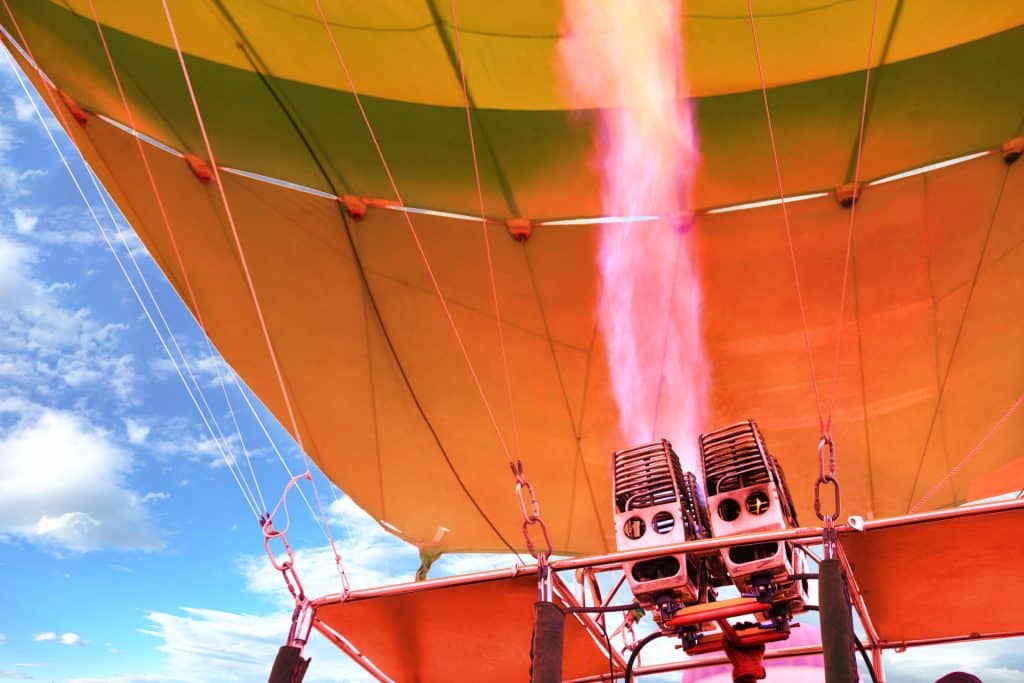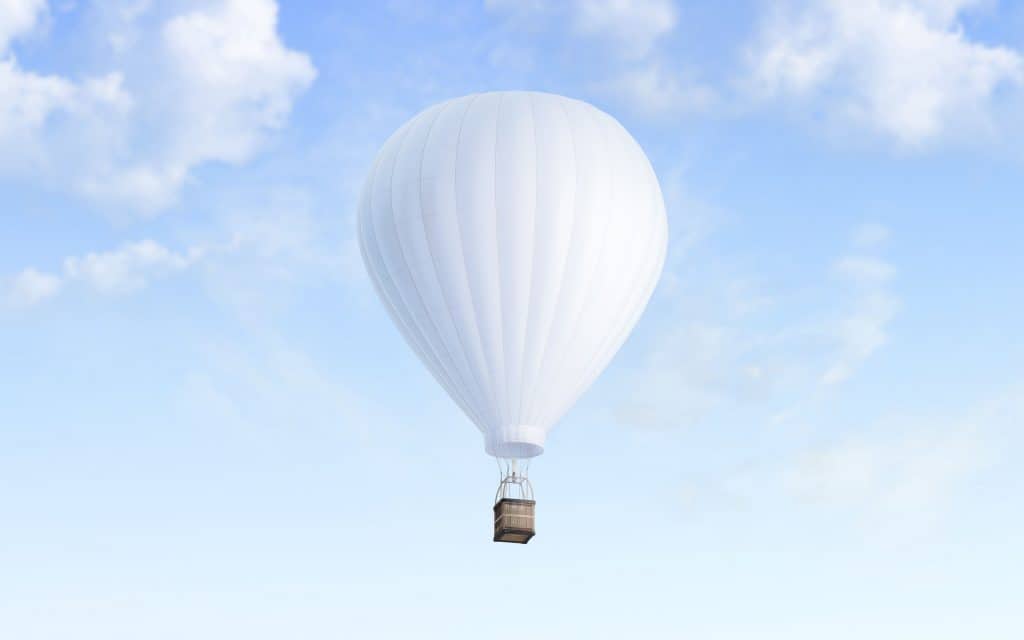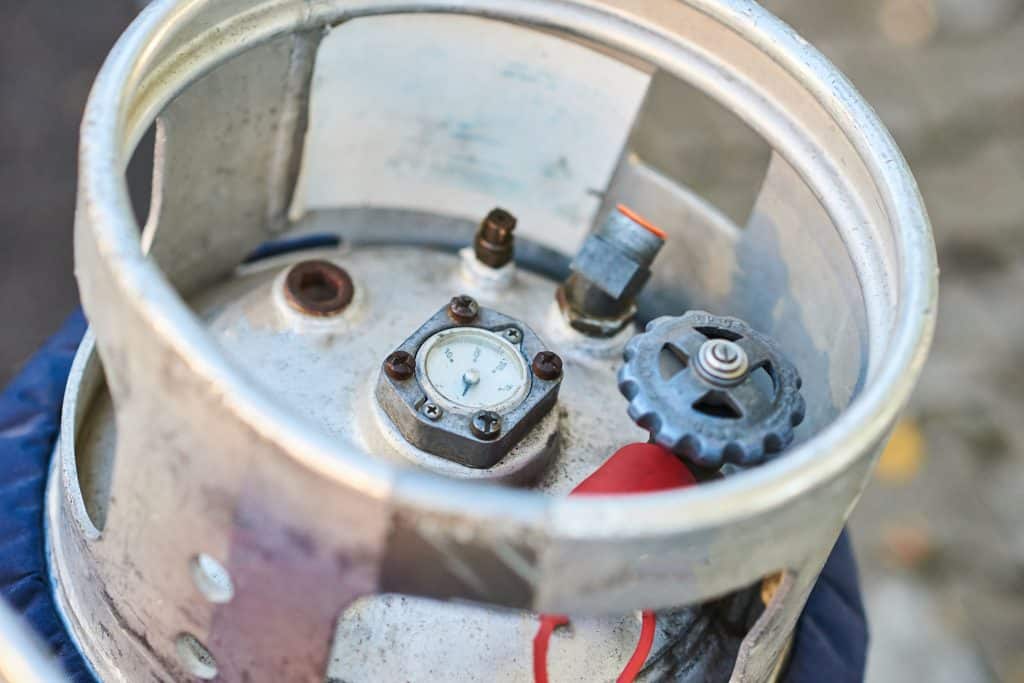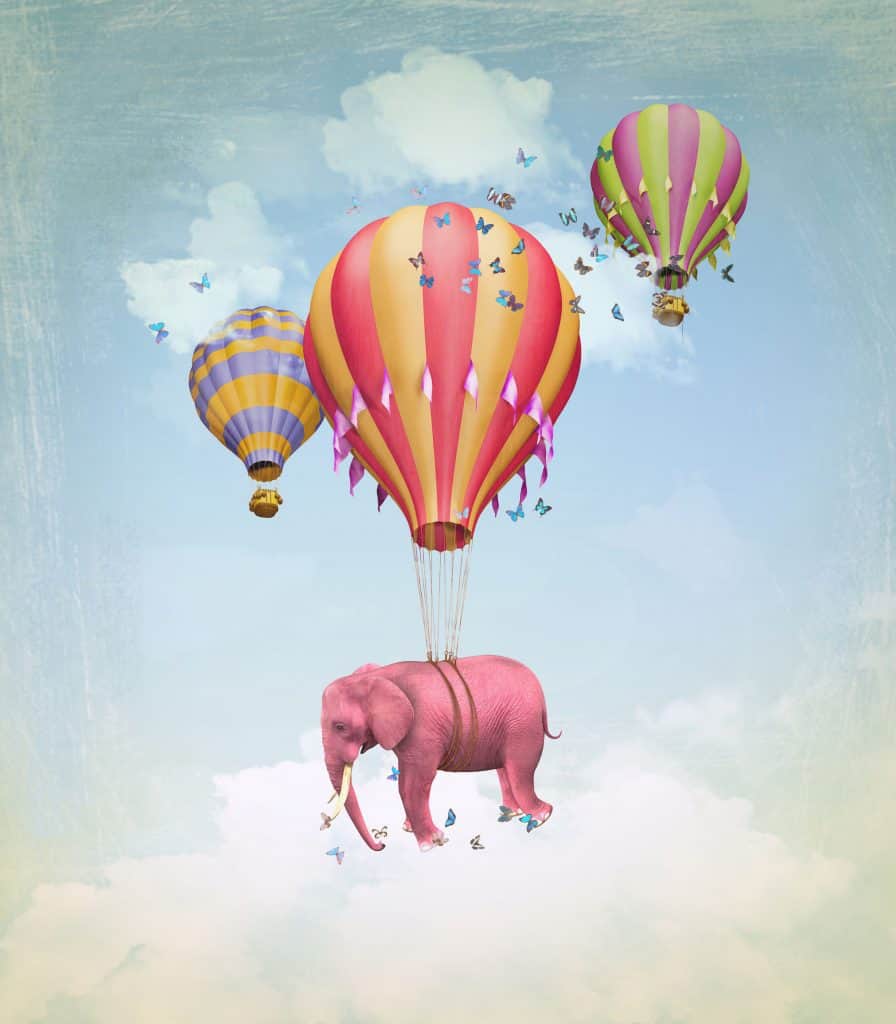
Owning a hot air balloon can be very expensive! One of the main costs associated with owning a hot air balloon is fuel. Of course, the more you fly, the more fuel you need! So how much fuel does a hot air balloon use?
An average-sized hot air balloon (77,000 cubic square feet) will use about 30 gallons of liquid propane gas in a one hour flight. The bigger the hot air balloon and the more weight it carries, the more fuel that will be expended during a flight. Going to higher elevations also increases the amount of fuel used.
Knowing how much fuel a hot air balloon needs per flight is incredibly important! Being unprepared in this arena could definitely lead to some very embarrassing situations!
Fuel for the “Average” Balloon

I suppose that picking an “average balloon” may seem fairly arbitrary to some. I mean, there are so many different kinds and sizes of envelopes and baskets. How could there be an “average hot air balloon”.
Having researched pretty much everything there is to know about hot air balloons, I picked to criteria I felt very confident on and that would certainly constitute “average”.
First, I looked at what size of envelope is most frequently bought. Then I looked at what size of the envelope was the mean when comparing the most common sizes. In both cases, the answer was 77,000 cubic square feet.
With that in mind, I picked an average number of passengers: three passengers plus a pilot. Four people in total. Then I went from there.
In this average balloon with an average number of passengers, a one hour ride pretty consistently uses about 30 gallons of liquid propane gas, give or take 3 gallons.
Of course, that doesn’t factor in unique circumstances. This is just taking a look at the average hot air balloon in ideal circumstances. We’ll cover more of the variables in just a little bit.
This is a great base model for anyone thinking about buying a hot air balloon. Use these calculations times the cost of propane near you when you make your hot air balloon budget!
For example, the LPG place right around the corner from our office charges $2.53 a gallon right now. Over 30 gallons, that’s $75.90 a flight. It’s that simple!
Of course, there are some other considerations to be made when you’re getting fuel. Let’s go in more in-depth below!
Getting the Fuel Just Right

In the game show “The Price is Right” you don’t want to go over the retail price of an item when you make a bid. Doing so immediately eliminates you from getting onto the stage.
In hot air ballooning, it’s the exact opposite. You ALWAYS want to have more fuel than you need. There are so many different situations in which you might need more fuel.
You want to make sure that everything is just right before you take off in a hot air balloon, and that means being overprepared. From weather to fuel, safety always comes first in hot air ballooning.
You want to get the right kind of fuel and the right amount! So what do you need to know about getting the fuel just right? That’s exactly what we’ll discuss below.
The Right Kind
Getting the right kind of fuel is the first step in getting the fuel just right. It’s not hard, but it is vital: hot air balloons use liquid propane gas. You can get this gas almost ANYWHERE.
Take my situation for example. Just down the street from our office is a gas station that sells LPG. Turn the corner and you run into a business that also sells LPG. Go down the street a little further, and there’s another place to buy LPG.
All three of those locations are within two miles of where I’m writing this article from. See how it works? You can find LPG basically anywhere! Walmart even sells LPG for a cheaper price than I estimated above!
In terms of getting LPG from the right place, you can’t really go wrong. If you prefer Walmart, great! Do you like Chevron? Perfect! Do you want to support a small local business? Good on you!
You can get LPG just about anywhere, and it’s really hard to mess it up!
The Right Amount
Step two of getting the fuel just right is getting the right amount of fuel. We’ve already discussed how much an average hot air balloon uses, but you need to be familiar with the balloon you’re using!
And once you know how much you need, bring extra. Whether you get blown over your landing area or something in the basket is malfunctioning, it’s always safer to have extra fuel.
If you know you’re going to be flying a lot, buy in bulk! You can almost always get a discount if you buy in bulk. Just make sure you are safe in how you choose to store all that propane!
I’ll add here that it’s important to get that gas in the right place in your basket. Having a balanced weight throughout the basket is important to keep the balloon steady.
For a lot of the bigger balloons, the area where you want the propane tanks will be sectioned off. If that’s the case, use those little cubbies for what they were built for!
Otherwise, just use common sense. It’s like packing a well-balanced backpack. It doesn’t take a rocket scientist, but it does require you to use your noggin. When I’m in doubt, I ask my wife.
Bigger Isn’t Always Better

I have a lot of good friends down in Texas that I love to visit! In fact, all my exes live in Texas! It sure is a great place to live. And my pals down in Texas sure do live up to the old saying “everything is bigger in Texas”.
They do take a lot of pride and that, and I understand why. I mean, you haven’t lived until you’ve had a rack of Texas ribs! Mmm, now I want some BBQ…
But not EVERYTHING that’s bigger is better. Do you want some examples?
Debt. Overweight divers. Smartphones that don’t fit in your pocket. Babies that are too heavy to carry. Pimples that literally EVERYONE can see. The Government. My gut.
Get the picture?
If you’re trying to save money on fuel, bigger hot air balloons are definitely not better. And going to really high elevations isn’t better either. Below, we’ll discuss how to keep fuel costs down while you go up!
Bigger Balloons
Bigger balloons require more fuel. There’s more air in the envelope that has to be filled, there’s usually more burners, and there’s more weight to carry especially when there are a lot of passengers.
All of those factors increase how much fuel you use in a given flight. And the more fuel you use, the more money you spend. Cha-ching!
Now, I’m definitely not speaking out against bigger hot air balloons! If you know you can afford it and you’re going to use it, then get a bigger hot air balloon! More power to you!
But if you’re just into ballooning for you and maybe a few friends, there’s no need to spend a fortune on fuel. This is especially true if you’re going to be flying a lot.
So, if you can afford it, go for it! But if you’re trying to keep costs down, going nimble is the way for you!
Higher Altitudes
Another way balloons end up using a lot of fuel is by going to higher altitudes! Getting higher in the first place requires more fuel. You have to keep positive buoyancy for longer which requires more fuel.
Then there’s the fact that keeping air heated inside the envelope is more difficult at higher altitudes. So, once again, you’ll be needing to use more fuel.
Of course, most hot air balloons don’t go over 2,000 or 3,000 feet. Not only will you find ideal flying conditions at those altitudes, but you’ll also get a much better view of what’s going on at ground level!
And, as we’ve just discussed, you’ll be saving yourself some serious money! I have seen a number of “thrill seekers” who like going up to 9,000 or 10,000 feet. I would recommend against that unless you’re experienced and can afford it!
In all things, use prudence and have a great time up there!
